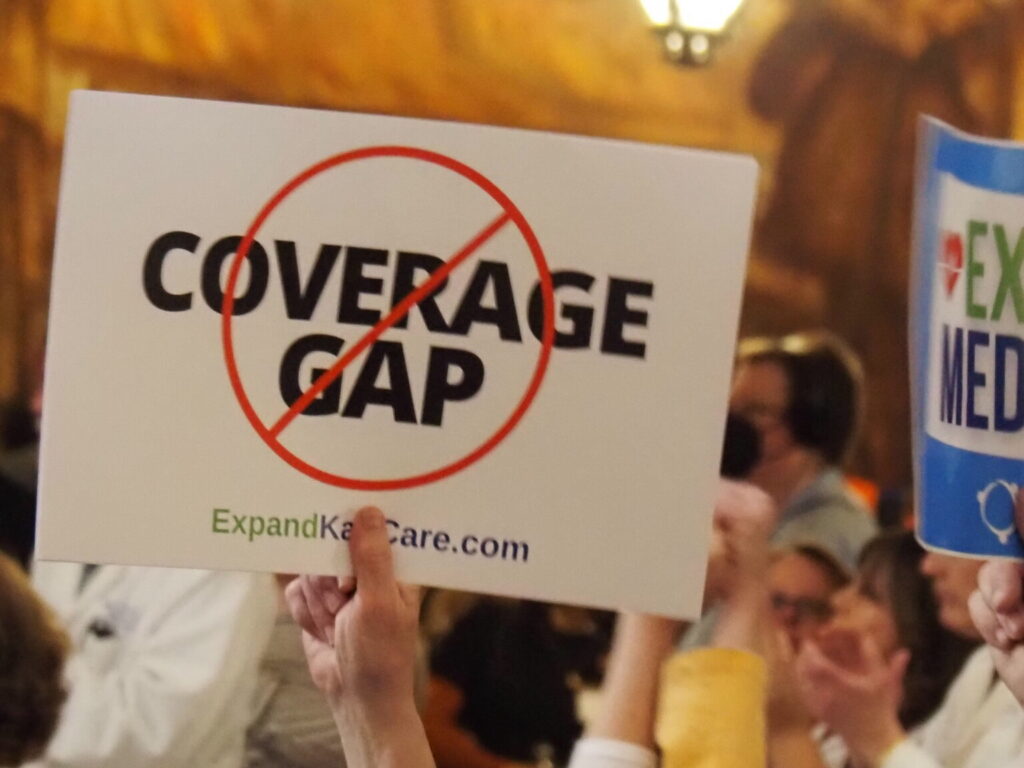Orchid: How to have a beautiful bloom and keep the plant healthy
1. Choose the Right Orchid: Select an orchid variety that suits your environment and skill level for better growth and blooming.
2. Provide Optimal Light: Place your orchid in bright, indirect sunlight to promote healthy growth and vibrant blooms.
3. Watering Techniques: Water orchids thoroughly but allow the roots to dry out between waterings to prevent root rot.
4. Maintain Proper Humidity: Orchids thrive in high humidity. Use a humidifier or a pebble tray with water to maintain ideal moisture levels.

5. Fertilize Regularly: Feed your orchid with a balanced fertilizer every two weeks during the growing season to support blooming.
6. Repot When Necessary: Repot your orchid every one to two years to refresh the potting mix and give roots more space.
7. Pruning and Trimming: Remove dead or yellowing leaves and spent flower spikes to encourage new growth and maintain plant health.
8. Monitor for Pests and Diseases: Regularly check your orchid for pests like spider mites or scale, and treat them promptly to avoid damage.
Conclusion: Enjoy Thriving Orchids
Follow these steps to keep your orchids healthy and enjoy their stunning blooms year-round.
***************************************************
Insurance News
24K Kansas children lose health insurance in Medicaid ‘unwinding’ review

TOPEKA — As the dust settles on the state’s bumpy large-scale review of Medicaid eligibility, numbers show approximately 47% of Kansans kicked off of state health insurance coverage are 18 or younger.
Heather Braum, senior policy adviser with Kansas Action for Children, said health insurance gaps could lead to long-term damaging effects.
“Even short gaps in coverage cause children to miss vital prescriptions or not be able to see a doctor when they are sick,” Braum said. “These data indicate that thousands of Kansas children are likely going without the protection that health coverage provides, which will lead to poorer health in the short and long term while their families are exposed to high medical costs and medical debt. Health insurance coverage and access during childhood can change the trajectory of a child’s life, for better or worse.”
Of the 75,532 Kansans who lost health care coverage, 24,673 were between the ages of 0-12. Another 10,632 were between the ages of 13-18, according to the latest data.
“Why are these numbers so high?” Braum said. “Because children depend on their parents to turn in their renewal paperwork, and many factors can prevent that paperwork from being returned at all or in a timely fashion, some completely out of a family’s control. The mail system could hiccup on either end, incomplete paperwork could be returned and families never learn more information is needed.”
Braum pointed to early disorganization in the process. The state started the Medicaid review prograss, called unwinding, in April 2023 to determine who was eligible for state health coverage after pandemic-era federal protections ended.
During the COVID-19 pandemic, federal “continuous coverage” provisions meant Medicaid administrators couldn’t end health care eligibility unless the person in question moved away, died or asked to end coverage. With this stipulation, participation in KanCare increased from 410,000 to 540,000 people during the pandemic.
The early months of Kansas’ unwinding process, overseen by the Kansas Department of Health and Environment, were marked by confusion over signatures, slow mail delivery, and a lack of clear communication from the state about what was needed for the renewal process.
The KDHE help line had more than 37,000 calls in May and June of 2023 as Kansans sought information. Some Medicaid renewal notices sent through the U.S. Postal Service took up to 10 days to reach eligible Kansas, and about an estimated 10 days for the return — causing some to miss the renewal deadline.
As unwinding continued, KDHE added more staff and resources to smooth over the process, but at the end of unwinding, completed May 31, thousands of Kansans still need to reapply for coverage, currently living without health insurance until reinstatement.
Extensive data on county-by-county loss of coverage can be found through the Kansas Health Institute, which provides state data through an interactive map.
The most recent data shows 318,791 people in the state will keep their coverage. Another 75,420 Kansans will need to reapply because they missed the reinstatement window.
Braum urged more KDHE outreach and education, especially to families stuck in the reinstatement window.
Across the country, more than 20 million people have been removed from services since the start of Medicaid unwinding, according to KFF state tracking. The health research institute reported the majority of people removed from services — 69% across all states with available data —had their coverage terminated for procedural reasons, such as failure to complete the renewal process, or failure to turn in a renewal packet within the mandated time frame.
“High procedural disenrollment rates are concerning because many people who are disenrolled for these paperwork reasons may still be eligible for Medicaid coverage,” the report states.
A Georgetown University McCourt School of Public Policy analysis of the most recent unwinding data estimates 5.13 million children have lost Medicaid coverage so far.
Alliance for a Healthy Kansas Executive Director April Holman said the organization was “deeply concerned” over the local loss of coverage.
“Nearly half of those who lost their Medicaid coverage were children, through no fault of their own,” Holman said. “Tens of thousands of Kansans who relied on Medicaid coverage as a lifeline now face everyday health struggles uninsured. All it takes is one accident or illness to put these families in financial jeopardy, where many might feel like they need to choose between seeing a doctor or paying for food, rent, or other necessities. It doesn’t have to be this way.”
Holman advocated for Medicaid expansion, which would expand state health insurance coverage for lower-income families. Under the Affordable Care Act, the federal government covers 90% of the extra cost of Medicaid services in exchange for expanding eligibility to those at 138% of the federal poverty rate and below. Medicaid expansion would also unlock $700 million in annual federal funding.
Lawmakers in the Republican-dominated Legislature held hearings on Medicaid expansion for the first time in four years during the 2024 legislative session, following intense lobbying by Democratic Gov. Laura Kelly and advocacy groups. Due to top Republican legislative leadership opposition, the bill died in committee.
Holman said Medicaid expansion would have helped more Kansans retain health insurance access during unwinding.
“If we had already expanded Medicaid, many of these Kansans would still have access to affordable health insurance,” Holman said. “More parents would be eligible for coverage, and their children would be more likely to also be enrolled in coverage. Kansas lawmakers should make expanding Medicaid their top priority.”



